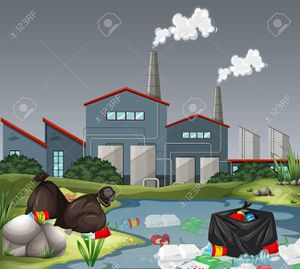Difference between revisions of "ISSS608 2016-17 T3 Assign APARAJITA SHUKLA DataPrep"
| Line 66: | Line 66: | ||
To check the missing values, I have used JMP. | To check the missing values, I have used JMP. | ||
| − | [[Image: | + | |
| + | [[Image:picture2_apa.png|700px]] | ||
| + | |||
As can be seen from the image above, there were no missing value present in given dataset. | As can be seen from the image above, there were no missing value present in given dataset. | ||
Revision as of 20:29, 7 July 2018
VAST MINI CHALLENGE 2:
Like a Duck to Water
|
|
|
|
Methodology
We have been provided with three files along with a map of the Boonsong Lekagul preserve area. Where two files are .csv and one is .txt.
- The first file, Boonsong Lekagul waterways readings.csv contains 5 columns namely Id, value, location, sample date, measure and have 136924 rows.
- The second file, chemical units of measure.csv has two columns namely, measure and unit.
- The third .txt file basically contains all the information about the data present in the other files.
- The last .jpg file contains the map of Boonsong Lekagul waterways.
Checking Missing Values
To check the missing values, I have used JMP.
As can be seen from the image above, there were no missing value present in given dataset.
Getting the Map
After importing data file into tableau, we first import the image of the map and using annotate using points, I marked all the locations in the map and manually created a separate .xslx file:
And then create map by dragging and dropping the coordinates on the worksheet.
Joining the Tables
As we needed to join Location table, measure.csv and Boonsong Lekagul waterways readings.csv tables together, the tool used for this is Tableau:
Final Table


